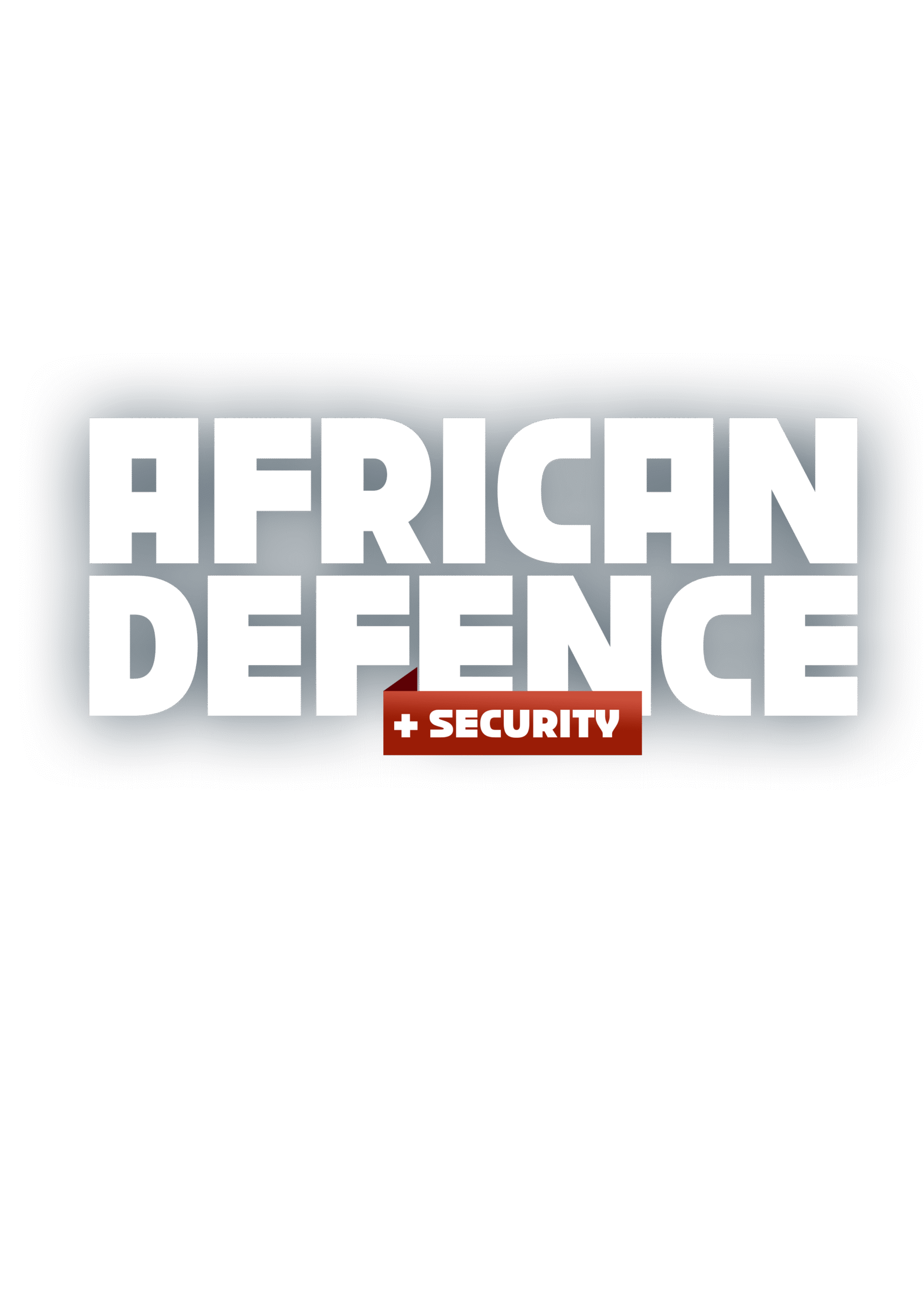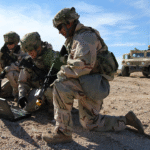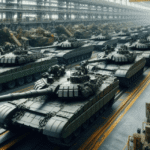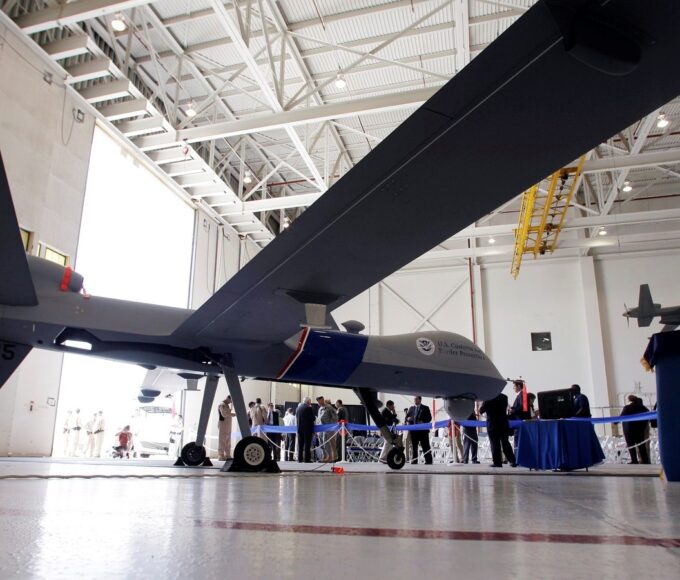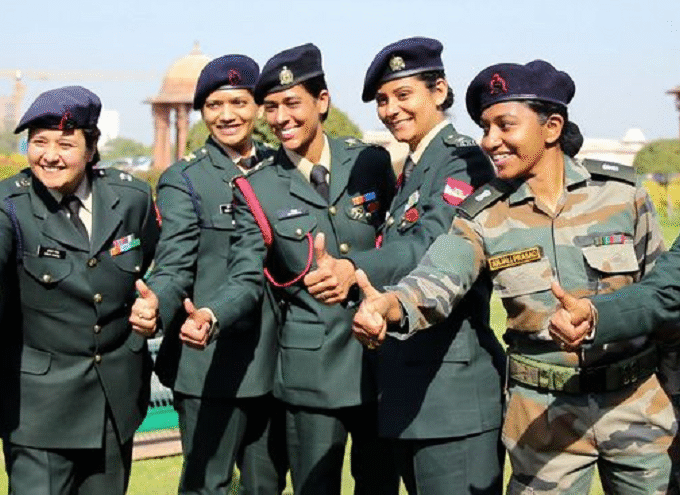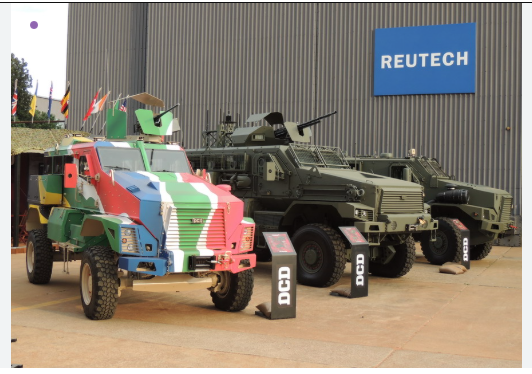Mapping Africa’s Defence Industrial Base: Opportunities and Limitations
However, little has materialised beyond declarations. National sovereignty, budget constraints, and strategic rivalries remain key barriers.
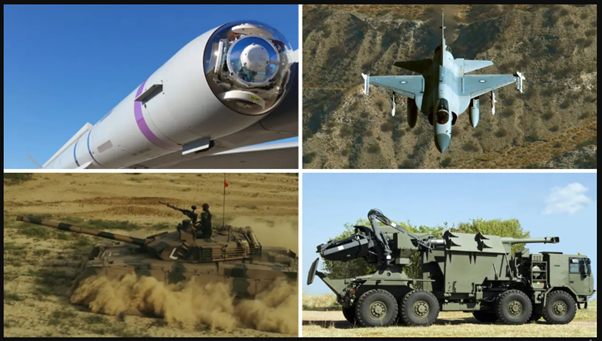
Amid intensifying security demands, shifting global supply chains, and the strategic quest for autonomy, Africa’s defence industrial base (DIB) is slowly expanding. While still dominated by imports and foreign technology transfers, several African nations are building local capacity in arms manufacturing, vehicle assembly, unmanned systems, and ammunition production. This effort is not only about economic diversification, but also about sovereignty: the ability to supply, sustain, and upgrade defence platforms independently.
From South Africa’s long-standing defence firms to newer players like Egypt, Nigeria, and Algeria, the continent is witnessing a patchwork emergence of military-industrial capability. Yet, challenges remain: fragmentation, underinvestment, export dependency, and limited R&D. This article maps the current state of Africa’s DIB, highlighting standout national strategies, untapped potential, and the hard realities of competing in a globalised defence economy.
Why Build Local? Strategic Drivers of Defence Industrialisation
Africa’s push for defence self-sufficiency is driven by multiple converging factors:
- Geopolitical uncertainty: Global arms supply chains are increasingly vulnerable to sanctions, embargoes, and political conditionality.
- Cost control: Local production reduces dependency on foreign currency reserves and costly maintenance contracts.
- Customised capability: Indigenous development allows militaries to tailor platforms to local terrain and threat environments.
- Technology transfer and employment: Building local DIBs stimulates skills, R&D, and job creation in high-tech sectors.
- Strategic autonomy: Owning production lines ensures continuity of operations during international crises.
According to the African Union’s “Silencing the Guns” agenda and the African Peace and Security Architecture (APSA), strengthening DIBs is vital to long-term regional stability.
South Africa: The Continent’s Defence Pioneer
South Africa remains the most advanced DIB on the continent, with decades of experience in high-tech military systems.
Core Capabilities:
- Denel Group: Manufactures artillery (G5/G6 howitzers), missiles (Umkhonto, Mokopa), and UAVs (Seeker series).
- Paramount Group: Produces armoured vehicles (Mbombe, Marauder) and engages in global defence exports.
- CSIR & Armscor: Drive R&D in radar, EW, and battlefield management systems.
Current Status:
- Despite its strong industrial base, the sector is facing financial distress, with Denel requiring bailouts and reorganisation.
- South Africa exports to over 60 countries but is constrained by arms control legislation and government bureaucracy.
Egypt: Manufacturing Hub with Export Ambitions
Egypt is positioning itself as North Africa’s defence manufacturing powerhouse, with growing export credentials and industrial zones.
Capabilities:
- Factory 200 & 999: Produce tanks (licensed M1A1 Abrams), APCs, and small arms.
- Arab Organisation for Industrialisation (AOI): Involved in avionics, UAVs, and maintenance of air platforms.
- Joint ventures with South Korea, UAE, and China: Enable rapid tech absorption.
Strategic Direction:
- Egypt hosted the first EDEX (Egypt Defence Expo) in 2018 to boost its defence diplomacy and showcase local products.
- Growing partnerships with Gulf countries and sub-Saharan buyers.
Nigeria: Building for Internal Security and Export Potential
Nigeria’s defence industrial drive is rooted in its internal security challenges and the aspiration to create a sustainable military supply chain.
Institutions & Output:
- Defence Industries Corporation of Nigeria (DICON): Produces rifles, ballistic vests, and vehicle components.
- Naval Dockyard Limited and Naval Shipyard Ltd: Building patrol boats and recently a landing ship tank (NNS Kada).
- Partnerships with Poly Technologies (China) and Proforce Defence (private sector) are diversifying output.
Challenges:
- Limited R&D, bureaucratic hurdles, and inadequate funding.
- Dependency on foreign parts for assembly operations.
Algeria: Quiet Growth and Indigenous Platforms
Algeria has made significant but less publicised progress in defence manufacturing, often through classified programmes.
Key Developments:
- Domestic production of UAVs (El Djazair series), armoured vehicles (Nimr-based), and small arms.
- Partnerships with Russia and China for licensed production of tanks and aircraft components.
- State-owned industries integrated under the Ministry of National Defence.
Strategic Approach:
- Strong focus on border defence and internal stability.
- Seeks to gradually expand to export capacity while retaining secrecy over full capabilities.
Emerging Players: Rwanda, Kenya, Sudan, and Ethiopia
- Rwanda: Recently launched a military equipment factory producing boots, uniforms, and bulletproof vests.
- Kenya: Kenya Ordnance Factories Corporation (KOFC) is expanding into ammunition and small arms.
- Ethiopia: Has localised production of rifles and UAVs for Tigray conflict use.
- Sudan: Despite instability, retains capacity to produce small arms, armoured vehicles, and logistics platforms.
Limitations: Fragmentation, Technology Gaps and Governance Hurdles
Despite growing capacity, Africa’s DIB faces systemic challenges:
- Fragmentation: Lack of regional cooperation leads to duplication and inefficiencies.
- Funding & investment: Many DIBs are undercapitalised, with erratic government support.
- Technology access: Export controls from the West limit access to key components like optics, avionics, and advanced composites.
- Corruption and politicisation: Undermine efficiency and trust in defence contracts.
- Logistics and supply chain fragility: Difficulty sourcing inputs locally delays production.
Continental Coordination: AU’s Vision vs Reality
The African Union’s Defence and Security Policy (2018) calls for greater inter-African defence industrial coordination. Proposed initiatives include:
- A continental defence procurement platform to boost economies of scale.
- Shared standards and certification protocols for African-made platforms.
- Joint R&D centres and technology parks in key regions.
However, little has materialised beyond declarations. National sovereignty, budget constraints, and strategic rivalries remain key barriers.
Promise Amid Pressure
Africa’s defence industrial base holds both promise and complexity. The emerging hubs in South Africa, Egypt, Nigeria, and Algeria offer glimpses of what is possible with sustained policy, funding, and technical investment. But most countries remain in the early stages, dependent on foreign platforms, with only light industrial capacity.
To transform its DIBs into engines of autonomy and deterrence, Africa must align national ambition with regional coordination. This requires harmonised procurement, pooled research, and a commitment to transparency and quality. Only then can African-made defence solutions move from workshops to warrooms with confidence and credibility.
Africa’s Defence Industrial Base Snapshot (2023–2024):
- Countries with functioning state-owned defence industries: 12+
- Estimated annual defence industrial output (Africa-wide): $3.1 billion
- Key exporters: South Africa, Egypt, Algeria
- Countries with growing private-sector defence players: Nigeria, Kenya, Rwanda
- African-made platforms in operational use: G6 artillery, Super Mashak trainers, Proforce APCs, El Djazair drones
Recent Posts
Categories
- Air & Aerospace16
- Border Security15
- Civil Security4
- Civil Wars4
- Crisis5
- Cyber Security8
- Defense18
- Diplomacy19
- Entrepreneurship1
- Events5
- Global Security Watch6
- Industry8
- Land & Army8
- Leadership & Training5
- Military Aviation5
- Military History27
- Military Speeches1
- More1
- Naval & Maritime9
- Resources2
- Security12
- Special Forces1
- Systems And Technology9
- Tech6
- Uncategorized3
- UNSC1
- Veterans6
- Women in Defence9
Related Articles
INDUSTRY – DEFENCE PROCUREMENT SCANDALS IN AFRICA: LESSONS LEARNED
Defence procurement scandals have left a deep mark on Africa’s security landscape....
ByKing Richard Igimoh, Group Editor ALODecember 19, 2025THE NEW WATCHTOWERS: HOW SURVEILLANCE TOWERS AND DRONES BECAME CENTRAL TO MODERN BORDER CONTROL
Along the Arizona–Mexico border, a 160-foot steel structure Autonomous Surveillance Tower (AST)...
ByKing Richard Igimoh, Group Editor ALODecember 17, 2025WOMEN IN DEFENSE INDUSTRIES: INNOVATORS, ENGINEERS, AND LEADERS
The global defense sector, long viewed as a male-dominated arena, is undergoing...
ByKing Richard Igimoh, Group Editor ALONovember 18, 2025South Africa’s Arms Industry: Lessons for Continental Defence Sustainability
Once the undisputed leader of Africa’s defence manufacturing landscape, South Africa’s arms...
Byadmag_adminJune 27, 2025
